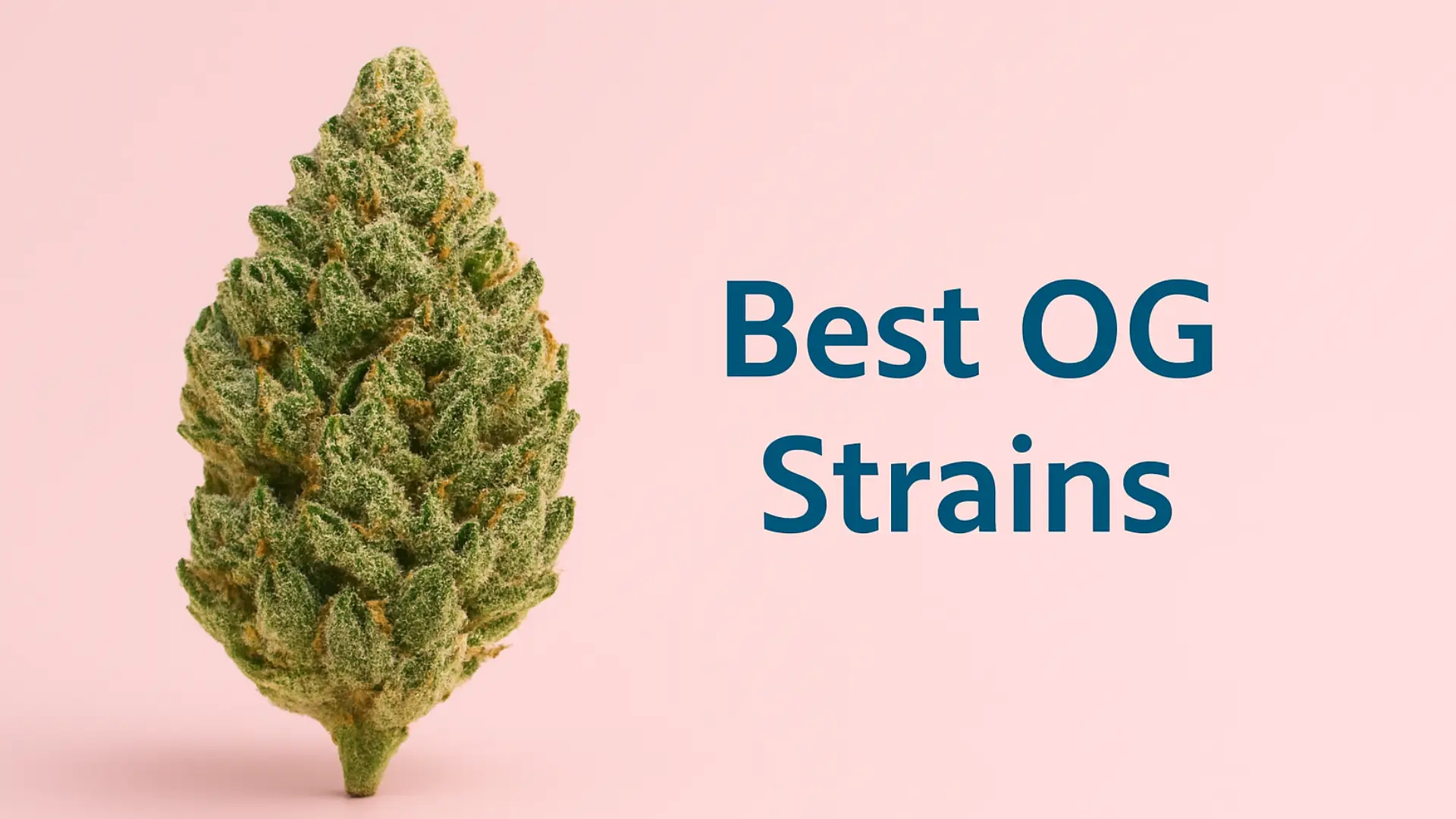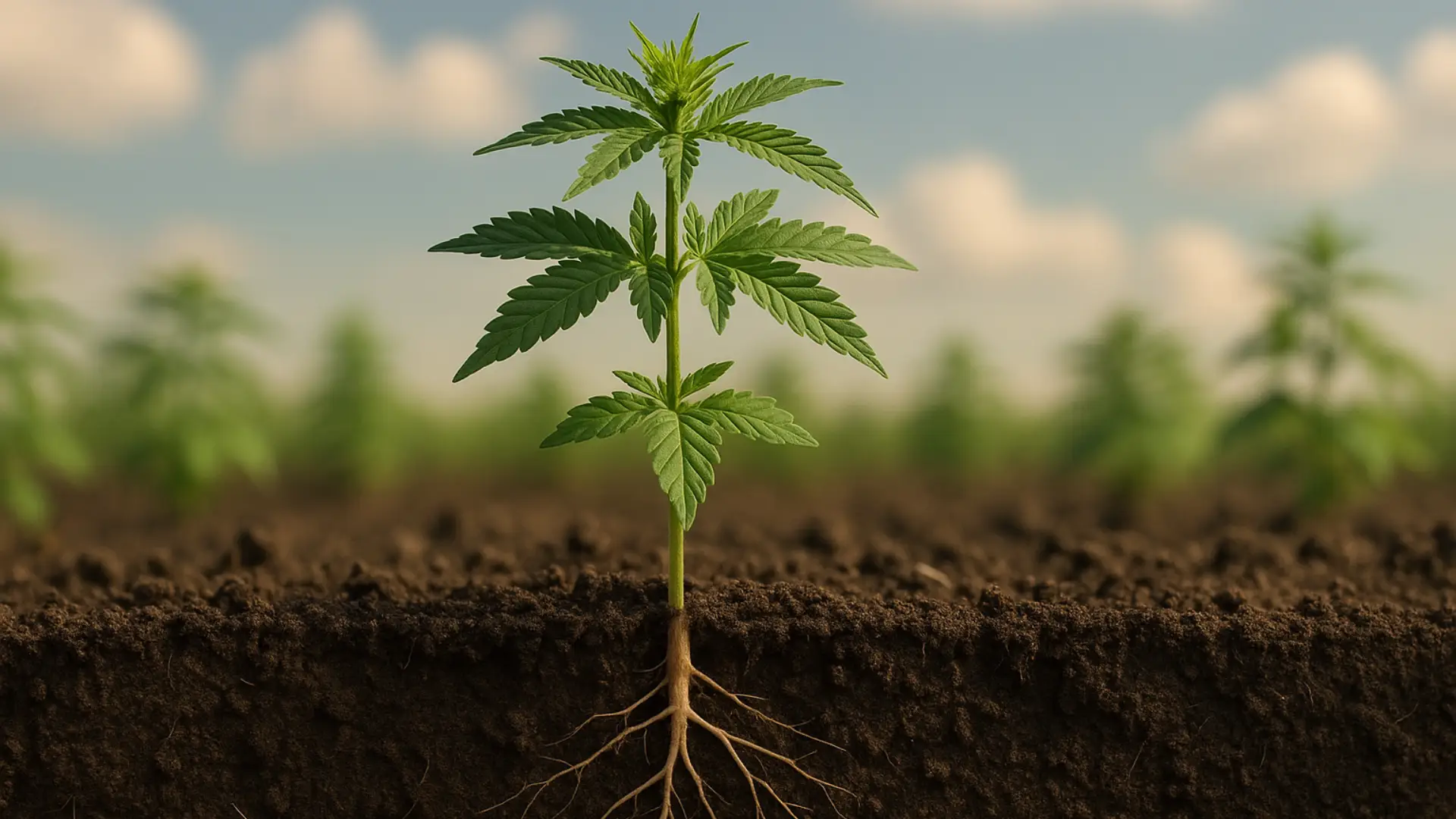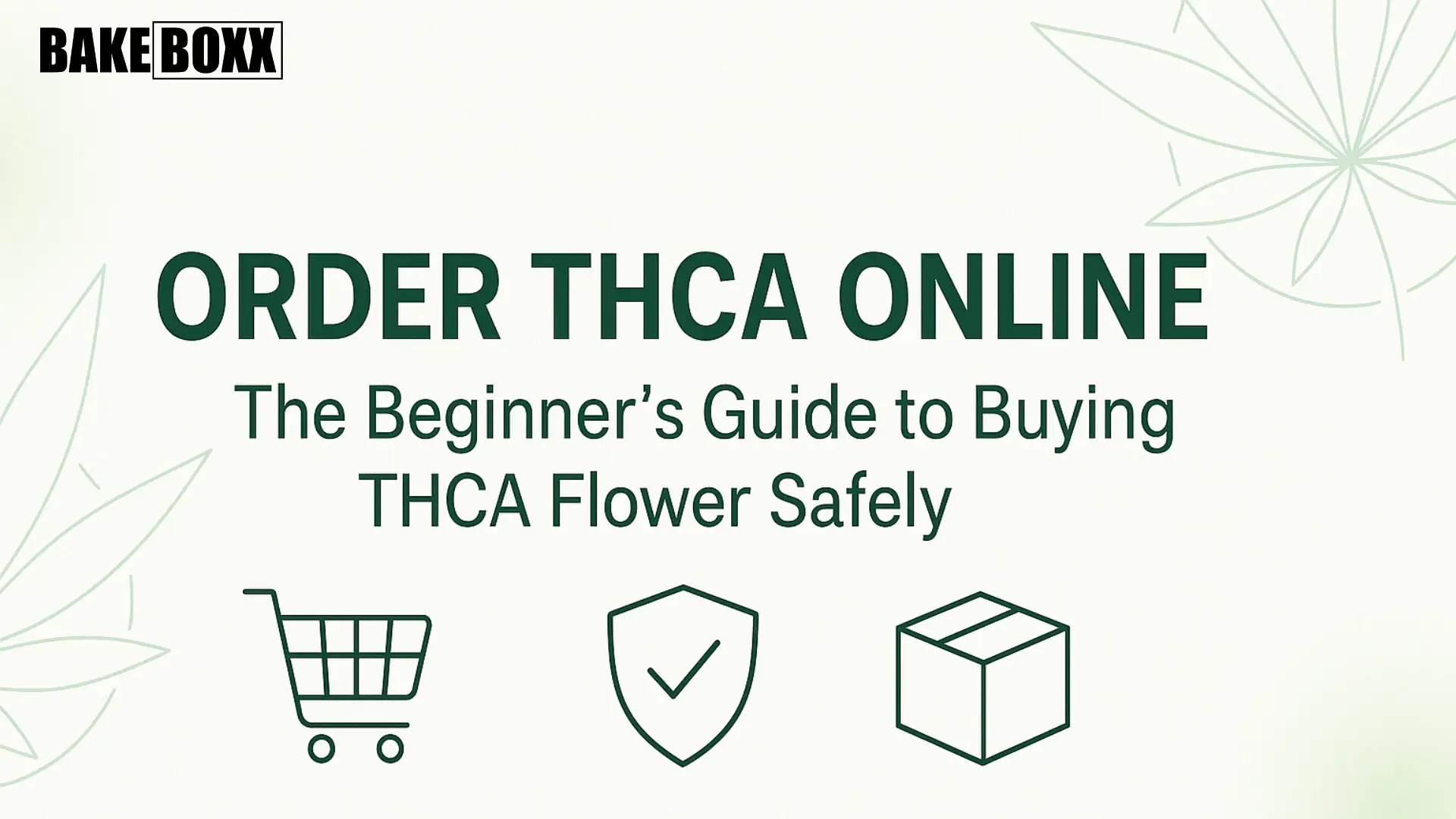Ever wondered how THCA flower is produced? Here's everything you need to know about the cultivation and processing behind this unique cannabis product.
What is THCA Flower?
THCA flower is basically raw cannabis that hasn't been heated up yet. Unlike regular cannabis flower that gets you high, THCA flower contains tetrahydrocannabinolic acid (THCA) instead of THC. The key difference? THCA won't get you high until it's heated - that's when it converts to THC through a process called decarboxylation.
This makes THCA flower pretty interesting for people who want the potential benefits of cannabis without the psychoactive effects. It's also become popular in the hemp industry because of certain legal loopholes we'll touch on later.
The Science Behind THCA
Here's the deal: cannabis plants naturally produce THCA, not THC. Think of THCA as THC's bigger, non-psychoactive cousin. When you smoke, vape, or cook cannabis, the heat transforms THCA into THC - that's why raw cannabis won't get you high if you just eat it.
The plant creates THCA through a complex process starting with a compound called CBGA (the "mother cannabinoid"). Special enzymes in the plant then convert CBGA into THCA. Pretty cool how nature works, right?
Growing THCA Flower
Choosing the Right Genetics
Making quality THCA flower starts with picking the right cannabis strains. Growers look for genetics that naturally produce high levels of THCA while keeping Delta-9 THC levels low (usually under 0.3% to stay hemp-legal).
The best THCA strains maintain great terpene profiles too - those are the compounds that give cannabis its smell and flavor. It's like finding the perfect balance between potency and character.
Creating the Perfect Environment
Growing THCA flower is all about control. Here's what cultivators focus on:
Temperature: Keeping things cool (65-75°F) is crucial. Too much heat can start converting THCA to THC before harvest, which defeats the whole purpose.
Humidity: Maintaining 40-60% humidity prevents mold while keeping the plants healthy.
Lighting: LED lights are popular because they produce less heat than traditional grow lights.
Air Flow: Good ventilation prevents hot spots and keeps the environment stable.
Feeding the Plants
THCA plants love organic nutrients, especially calcium and magnesium which help with cannabinoid production. Many growers swear by organic feeding schedules that boost both THCA production and terpene development.
Harvesting for Maximum THCA
Timing is everything when harvesting THCA flower. Growers watch the plant's trichomes (those tiny crystal-like structures) under magnification to determine the perfect harvest window. You want to catch the plant when THCA production peaks, but before it starts degrading.
Most experienced growers harvest in the early morning when temperatures are cooler. This minimizes heat exposure that could trigger unwanted THCA-to-THC conversion.
The Drying and Curing Process
This is where things get really important for THCA preservation.
Drying
THCA flower needs to be dried slowly and carefully:
- Temperature stays below 70°F
- Humidity gradually drops from 60% to 45% over 7-14 days
- Complete darkness to prevent light degradation
- Gentle air circulation
Curing
After drying, the flower goes into curing containers (usually glass jars) with humidity packs to maintain 58-62% humidity. This process can take 2-8 weeks and really brings out the flavors while preserving the THCA content.
The curing process involves "burping" the jars - opening them regularly to let fresh air in and prevent mold. It's tedious but makes a huge difference in the final product.
Processing and Quality Control
Trimming
THCA flower gets trimmed either wet (right after harvest) or dry (after the drying process). Hand-trimming usually preserves more trichomes, but it's labor-intensive. Some larger operations use machines, but they need to be gentle to avoid damaging the delicate THCA-rich trichomes.
Testing and Compliance
Every batch of THCA flower gets tested for:
- Cannabinoid content (making sure THCA levels are high and Delta-9 THC stays legal)
- Contaminants like mold, bacteria, and pesticides
- Heavy metals and other safety concerns
The tricky part is calculating "total THC" for legal purposes. Regulators use a formula that assumes some THCA will convert to THC: Total THC = THC + (THCA × 0.877). This means THCA flower needs to stay well below certain thresholds to remain compliant.
Storage and Packaging
THCA flower is sensitive to heat, light, and air. The best storage involves:
- Cool, dark places (60-70°F)
- Humidity control (58-62%)
- Airtight containers
- Light-proof packaging
Many producers use specialized packaging with humidity control packs to maintain quality during shipping and storage.
What Makes Quality THCA Flower?
Good THCA flower should have:
- Dense trichome coverage (those crystals indicate high cannabinoid content)
- Strong, pleasant aroma
- Proper moisture content - not too dry, not too wet
- No signs of mold, pests, or contamination
- Vibrant colors and well-formed buds
Legal Considerations
Here's where things get interesting. THCA flower exists in a bit of a legal gray area. Since THCA itself isn't psychoactive, it can potentially be sold as hemp in many places - as long as the Delta-9 THC content stays below 0.3%.
However, laws vary by state, and regulations are constantly evolving. Some states specifically address THCA, while others focus only on Delta-9 THC. It's definitely a "check your local laws" situation.
How People Use THCA Flower
THCA flower serves different purposes:
- Raw consumption: Some people juice it or add it to smoothies for potential wellness benefits
- Decarboxylation: Heating it up converts THCA to THC for traditional cannabis effects
- Topical use: Some use it in homemade balms or oils
- Extraction: It can be processed into concentrates or other products
The Future of THCA Flower
The THCA flower market is growing as more people learn about it. We're seeing improvements in cultivation techniques, better testing methods, and more sophisticated processing equipment.
Technology is making it easier to maintain the precise conditions needed for quality THCA production. IoT sensors, automated climate control, and advanced curing systems are becoming more common in commercial operations.
Bottom Line
Making THCA flower is part art, part science. It requires understanding plant biology, maintaining precise environmental conditions, and having patience during the curing process. The goal is preserving the plant's natural THCA content while preventing premature conversion to THC.
Whether you're a cultivator looking to enter this market or a consumer curious about how your THCA flower is made, the key takeaway is that quality THCA production demands attention to detail at every step. From seed selection to final packaging, each decision impacts the final product's potency, flavor, and compliance with regulations.
As the cannabis industry continues evolving, THCA flower represents an interesting intersection of chemistry, agriculture, and regulatory navigation. It's definitely a space worth watching as laws clarify and production methods improve.
Shop at Bakeboxx today for the finest selection of flower!





